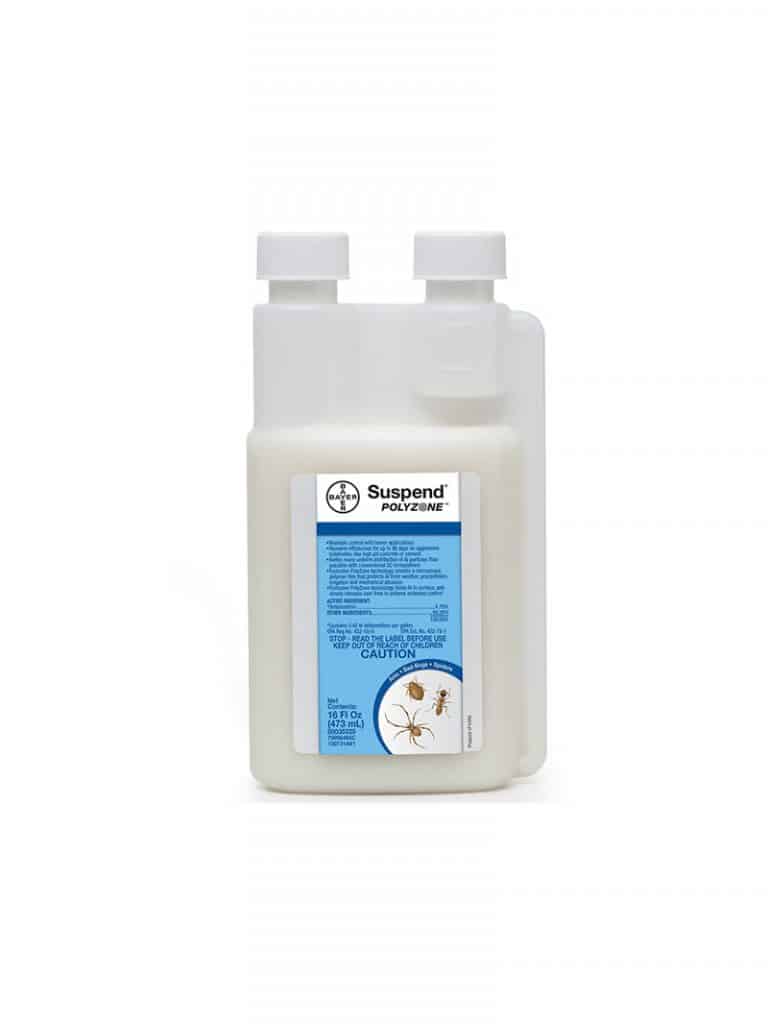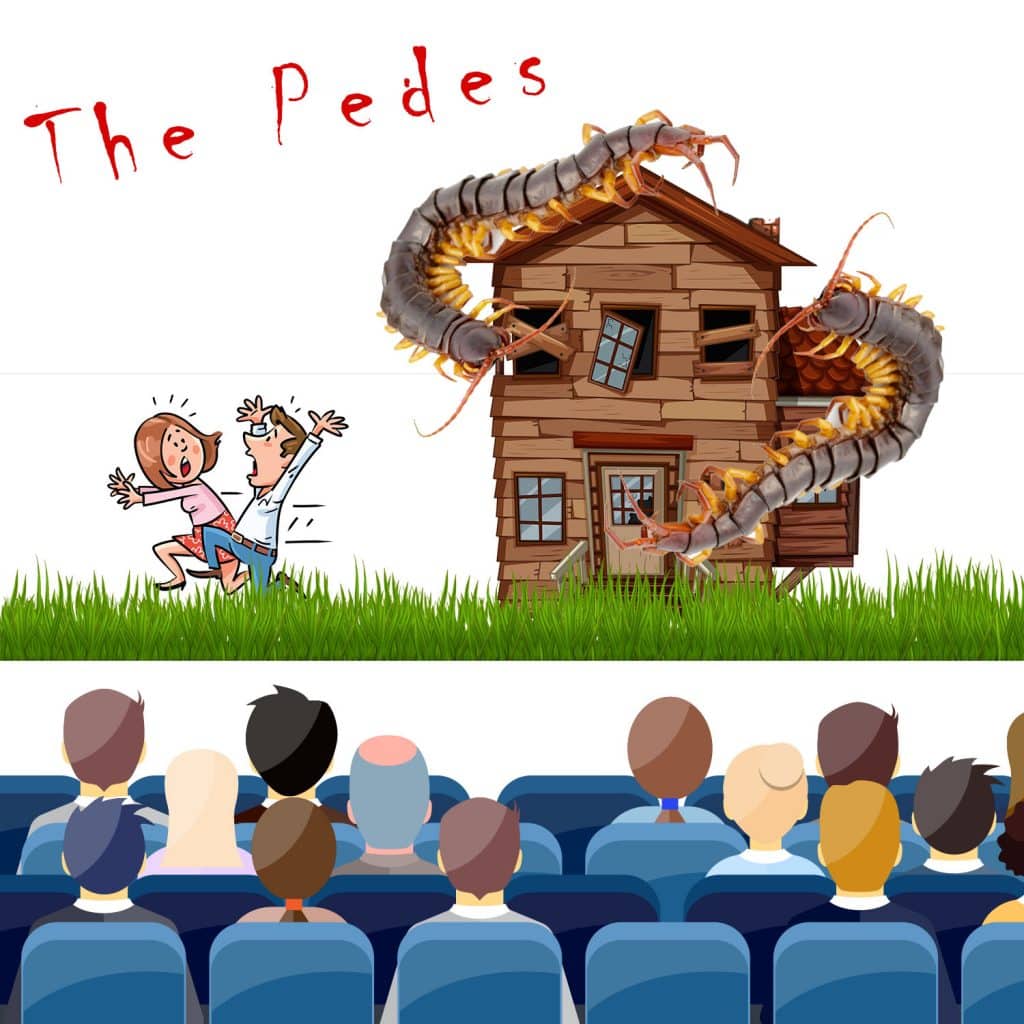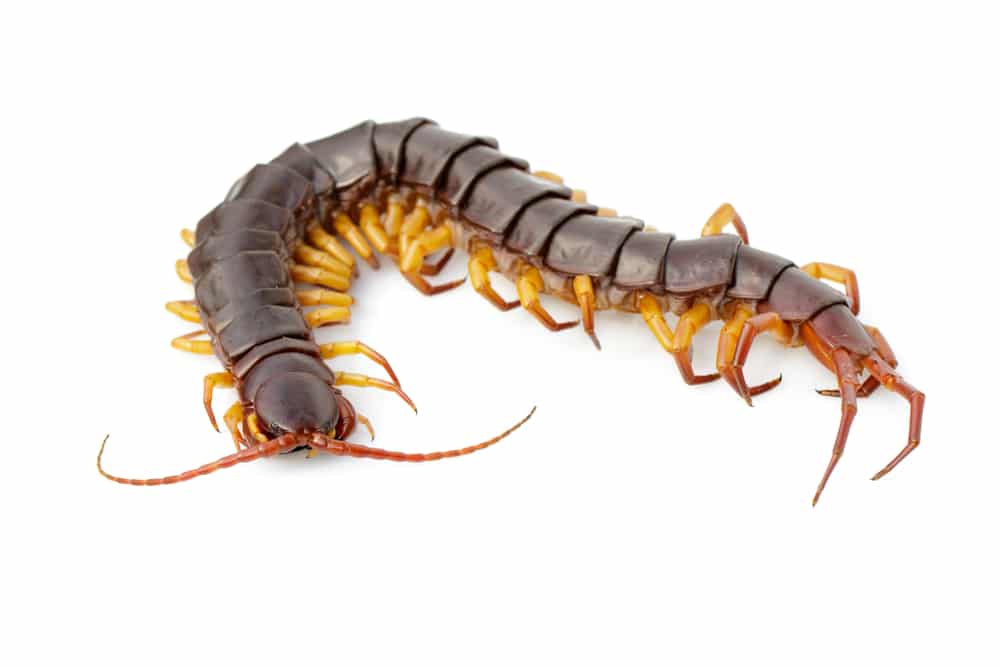What has between 30 to 354 legs, can be found in just about every horror movie ever made, and wanders your house at night while you are sleeping? If you guessed the house centipede – chances are you’ve either watched a lot of scary movies or you happened upon one in the middle of the night. Either way, these are the creepy things nightmares are made of.
Centipede Identification
House centipedes, also known as pedes by their homies, are long, flat, hideous-looking creatures with segmented bodies. To add to their unsightliness, they have a pair of legs per body segment. The longer the pede, the older they are, and the more legs they have. Every time they go through a molting, they enter a new stage of their life, and come out of it with more body segments and more legs than they had before. Measuring up to 1 1/2 inches long, their bodies range in color from brown to grayish-yellow with three dark stripes on the top.
Are Centipedes Poisonous?
House pedes are carnivorous and love a plate full of insects and worms. They are venomous and after injecting venom into their prey with their pincer-like appendages, they set the table with their finest dishes, light some candles, say grace, and have a feast. Slimy yet satisfying.
Do Centipedes Bite?
Not usually aggressive towards humans, house pedes just might bite you if you do them wrong. Besides having to live with the thought of one of these chomping into your flesh, that is the only lasting effect of a house pede bite. They rarely cause health issues in humans, and aren’t typically dangerous or fatal.
Centipede Lifecycle
Drawn into the house by the aroma of their next meal and the inviting warmth of your home, the pedes can be found in homes throughout the United States inside cement block walls, clutter left on the floor, boxes, or floor drains. The comfy coziness of your safe and heated home is exactly what house centipedes are looking for to set the mood for making pede babies. Speaking of babies, house pedes produce up to 35 eggs at a time. Voted Mother of the Year many times over in Pede-ple Magazine, mama pedes will tend to her brood of eggs and hatchling babies by curling their bodies around their offspring to keep them safe and protected. Like I said, Mother of the Year. Once these babies grow up, they can live for as long as six years.
Where Do Centipedes Live?
House pedes are found both indoors and outdoors, but it is the ones found inside that are most concerning. When they are inside your house sitting in your sink, or crawling on your bedroom wall, or staring at you when you make a midnight run to the bathroom, those are the ones that stand out in your mind. And, again, in your nightmares.
While they are found in other parts of your home, centipedes prefer to live in the damp areas of your basement, in dark closets, in bathrooms, inside firewood that you painfully stacked inside your home, and in the undeveloped areas under your house.
Not finding comfort in knowing that the pedes might be lurking in your home? Afraid that they are going to crawl up through the drain when you are showering? Terrified that pedes are going to make their way into your bed when you are trying to sleep? What about when you are trying to build a big fire to romance your special friend and you are hesitant to pick up any wood for fear that house pedes are going to crawl out of the bark of the log you are about to grab? Well, I have good news, and I have bad news. The good news is that pedes don’t come up through the drain. The bad news is that all the other things could happen.
How To Get Rid of Centipedes
Have no fear, though, because the best news is yet to come! The very best news is that HowToPest.com has the solution to keep all of those other things from happening. No more house pedes popping up in your house. No more house pedes popping up in your nightmares. No more house pedes popping up, period.







That’s funny